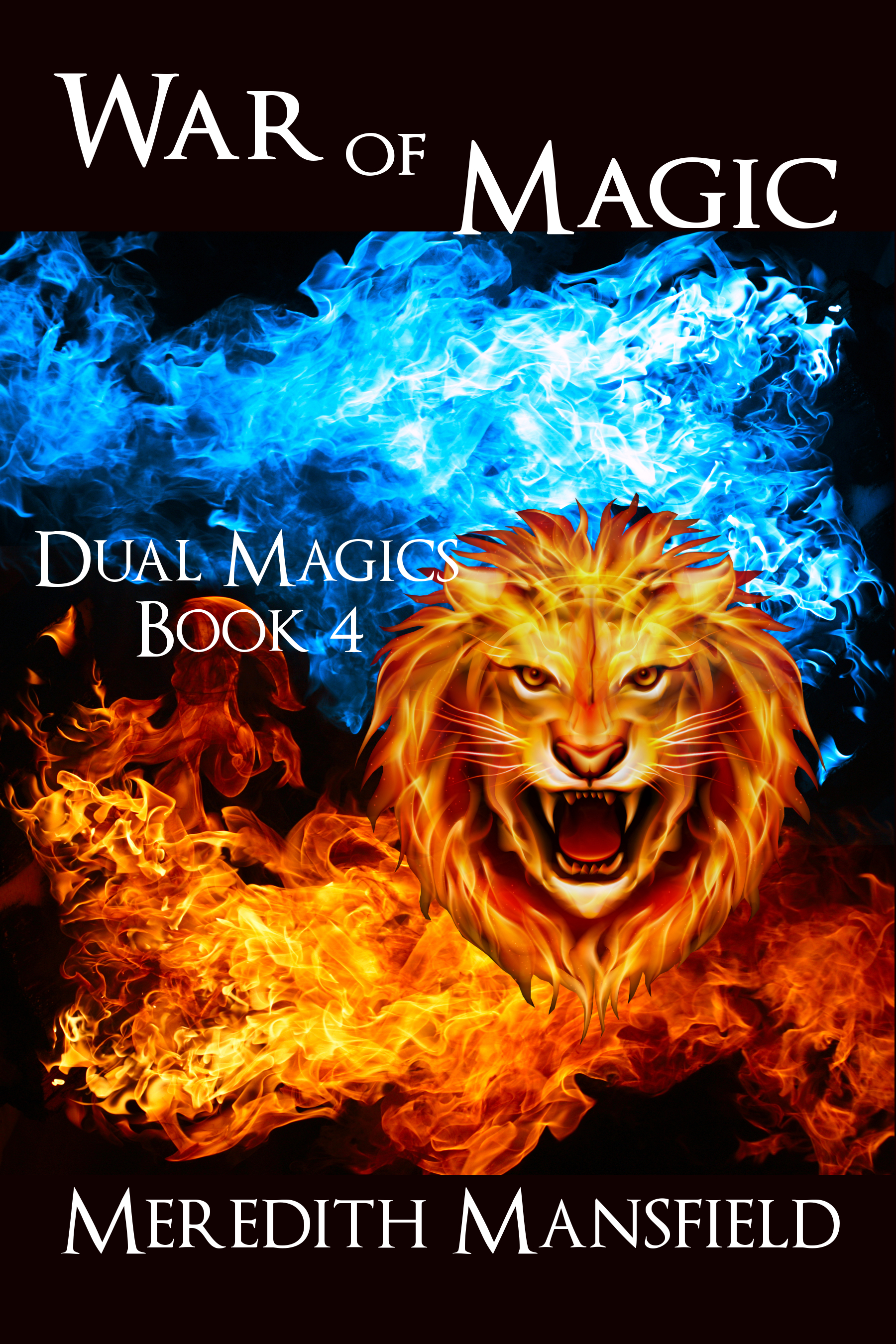Or, at Least One Modified Pantser
A meme has recently started going around in writer’s groups on social media:
There are three kinds of writers:
- Those who plot their stories.
- Those who discover their plot along the way.
- Those who know what will happen but their book is a bit feral still, needs a bath, has bitten and will bite again.
That wording for the third group is perhaps a little bit strong. I call myself a modified pantser and I think most of us in the middle have probably developed a few tactics for taming that feral story.
All of us have to find the process that works best for us, individually. Usually by trial and error. I’ve certainly been no exception to that.
The first novel I wrote (not counting that thing I wrote in college), I outlined. It’s been a while so I can’t remember exactly why. Probably I thought you were supposed to. Part way through, I noticed that I was spending a significant part of my writing time revising the outline as the story grew and changed in my imagination.
This is also the first story in which I had to deal with a full rebellion by one of my characters. I reached a scene, called for in the outline, and I just could not write it. After a couple of days of thinking about it, I realized that the problem was that the character just would not do what the outline called for. It was out of character for him. But, with or without the outline, I needed him to in order to get where I wanted the story to go. The solution, eventually, was to change the situation enough that the character would see doing what I needed him to do as for the greater good—and, bonus points for torturing my characters, still be very unhappy about it.
I also outlined the next novel. When that story diverged from the outline fairly early on, I closed the outline and just kept writing.
I did not outline my third novel. I was literally writing the last few pages when I looked up and said to myself, “But it doesn’t come out to a story.” I knew instinctively that something was missing. It took me an embarrassingly long time to figure out what because I wasn’t grounded enough in the craft yet. The problem was that the story wasn’t really centered around a story problem. The problem was there, but it wasn’t . . . featured, I guess is the best way to put. It didn’t create turning points (plot points) in the story. Once I realized that, it was easy enough to fix.
So, by this point, I’d demonstrated that outlines don’t really work for me. I’m not a plotter. But, neither does just plunging in and winging it—the stereotype of the pantser. And so my process evolved. I need to have signposts along the way—the major plot points like the inciting incident, the key event, the mid-point, and the climax. This helps to keep me from veering off too far (something that did happen in the third novel) and also helps to keep the story problem central to what my characters are doing. But it leaves me free to just let what happens in between flow naturally for my characters.
I also, now, tend to have at least chapter headings and a few notes set up for maybe three to five chapters ahead of where I’m currently working. Things like which character will have the viewpoint and a couple of sentences about what will happen in that chapter. Maybe a snatch of dialogue that came to me while I was washing dishes or walking the dog. In my current WIP, maybe a couple of research notes copied in for easy reference. This isn’t an outline. More like the headlights illuminating just enough of the road ahead. This usually works for me, but occasionally a story will require more—or less—structure to work. As my dog agility instructor used to tell us, “You have to be rigid about being flexible.”







